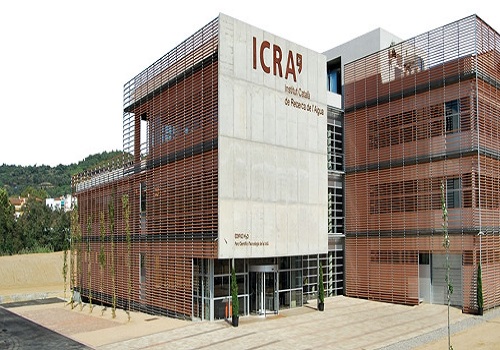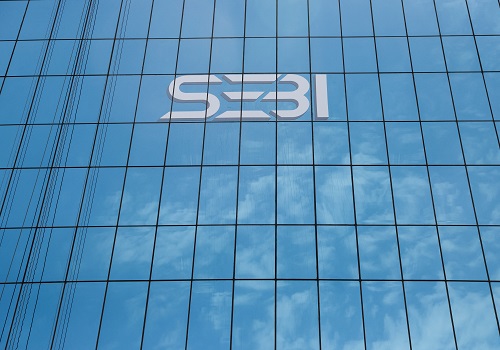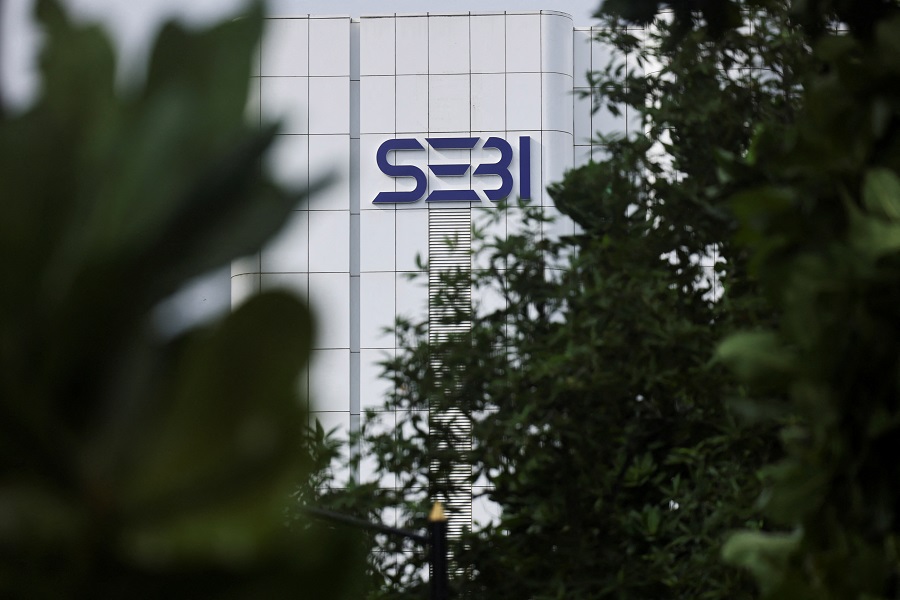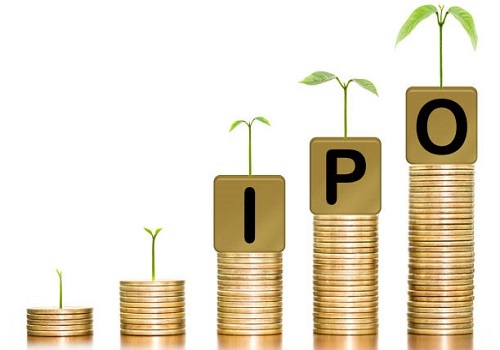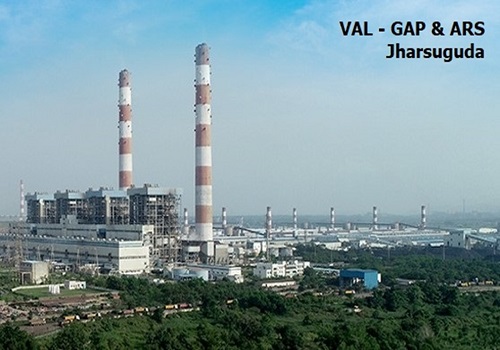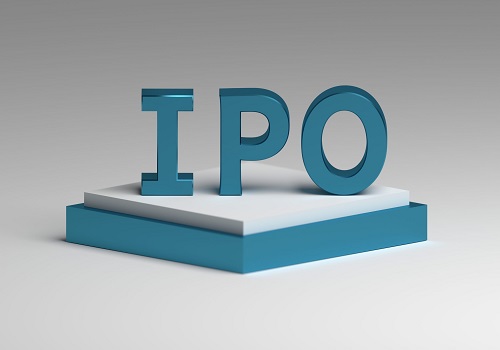Hyundai deepens India bet, files for IPO that could be country's biggest

Hyundai Motor's India unit sought regulatory approval on Saturday for a stock market listing in Mumbai which could be the nation's biggest and will see the South Korean parent sell a stake of up to 17.5% in the company.
The IPO will make it the country's first car maker to go public in two decades since Maruti Suzuki in 2003, and would come just as Indian stock markets are trading near record highs.
Hyundai counts India as a crucial growth market where it has two manufacturing units and has invested $5 billion, with commitments to pump in another $4 billion over the next decade. The world's biggest car market after China and the U.S. is the company's third-biggest revenue generator globally.
The Hyundai draft prospectus filed gave no details of the pricing of the initial public offering or the company's valuation, but sources have told Reuters Hyundai aims to raise around $2.5-$3 billion at a valuation of up to $30 billion.
Hyundai, India's second-biggest car maker behind Maruti Suzuki, will not issue new shares in the IPO which will involve its South Korean parent selling part of its stake in the wholly owned unit to retail and other investors via a so-called "offer for sale" route.
The listing is seen putting Hyundai Motor India on a stronger footing versus Maruti Suzuki, Tata Motors and other rivals as it could make future fundraising easier, without the need for dependency on its Korean parent.
Hyundai expects the listing of the equity shares in India "will enhance our visibility and brand image", and "provide liquidity and a public market" for the shares, the company said in the draft prospectus filed on Saturday.
It did not provide a timeline for the listing, but typically India's markets regulator, the Securities and Exchange Board of India, takes three to six months to approve, reject or seek more information on IPOs.
The company said it plans to focus on "premiumisation"- selling more expensive cars, as well as increasing its EV market share and adding charging stations, where it lags behind Tata Motors. Hyundai India also said it wants to ship more cars, "strengthening" its position as an export hub.
AFFORDABLE CARS
Indian Prime Minister Narendra Modi sees the automotive industry as a cornerstone to boosting growth in the world's fifth-largest economy. His government has built hundreds of kilometers of new roads and is incentivising car makers to increase local manufacturing, especially of electric vehicles.
Hyundai, entered India 28 years ago, and has won over buyers with its affordable cars such as Santro and sports-utility vehicle Creta. The company has plans to launch new electric vehicles, establish charging stations and a battery pack assembly unit.
The South Korean parent will sell up to 142 million of the total 812 million shares, or 17.5%, in the IPO. The sources have said the final percentage could be lower.
With the IPO, Hyundai aims to unlock value for the Indian business and also help the Korean automaker shed its valuation discount compared to global and Asian peers.
Benchmark Indian stock indices have doubled between 2019 and 2023, while Seoul's KOSPI index has risen just 30% over the same period.
India's burgeoning stock market overtook Hong Kong's earlier this year to become the world's fourth-largest, and is seeing soaring interest in large IPOs.
Hyundai is being advised on the IPO by investment banks Citi, JP Morgan, HSBC, Morgan Stanley and India's Kotak.













